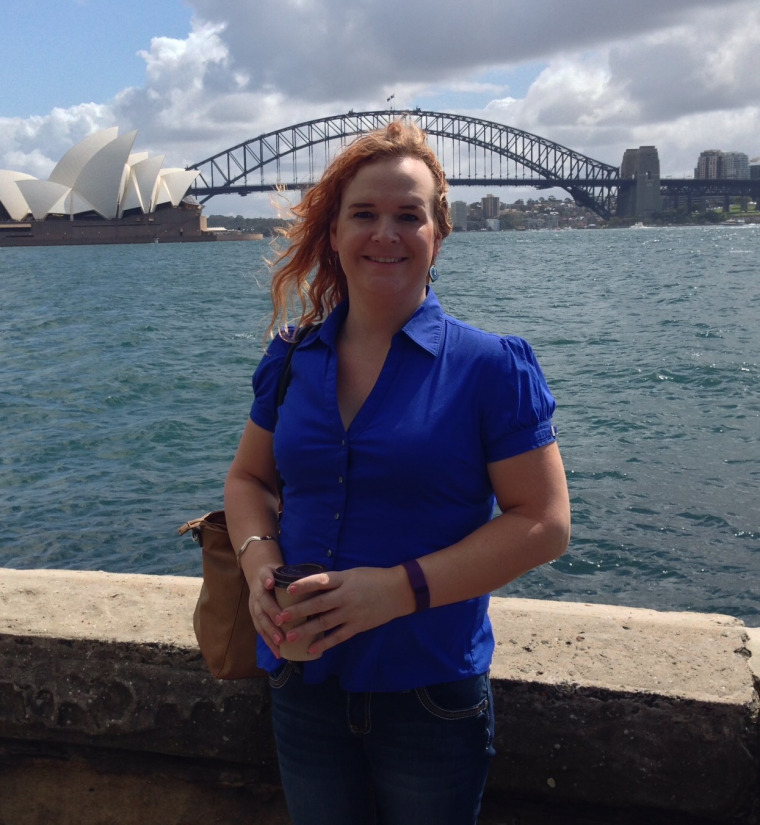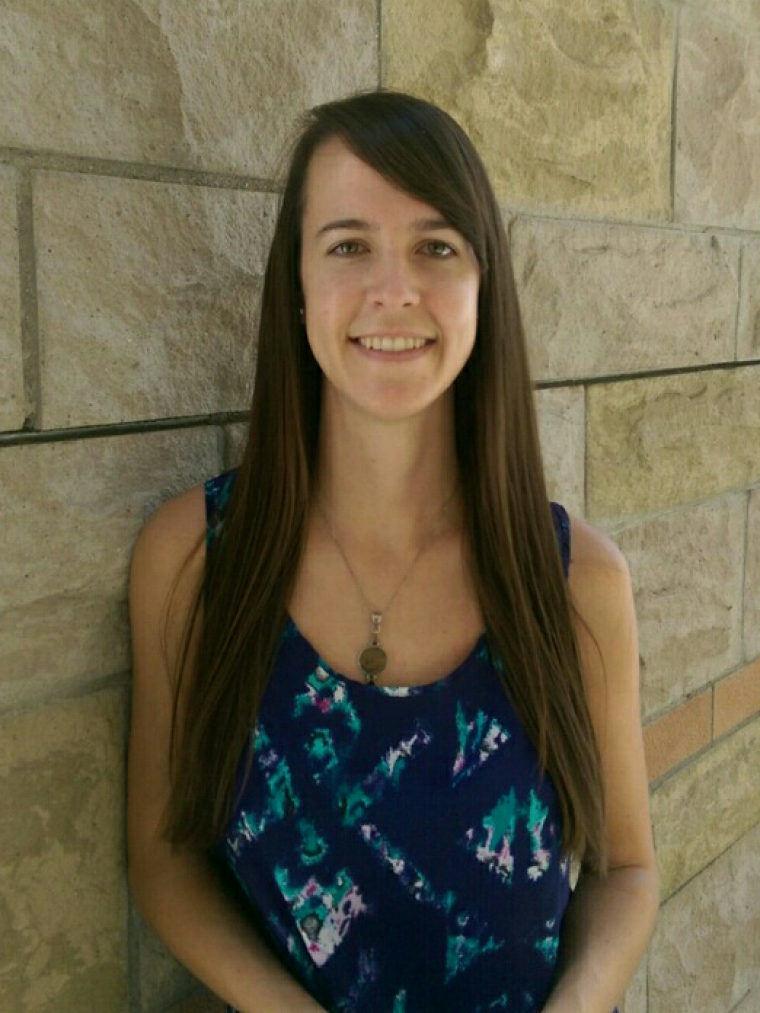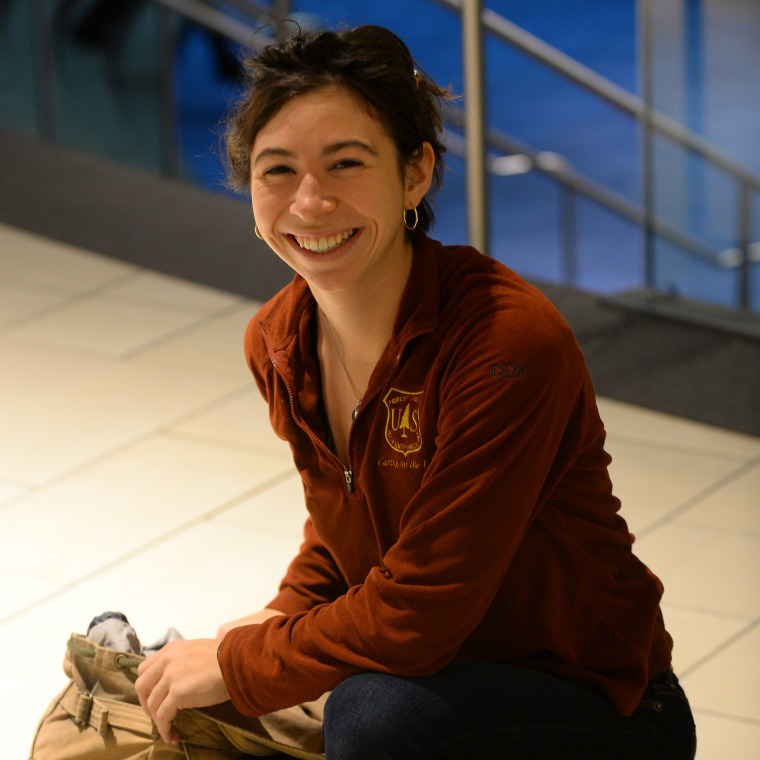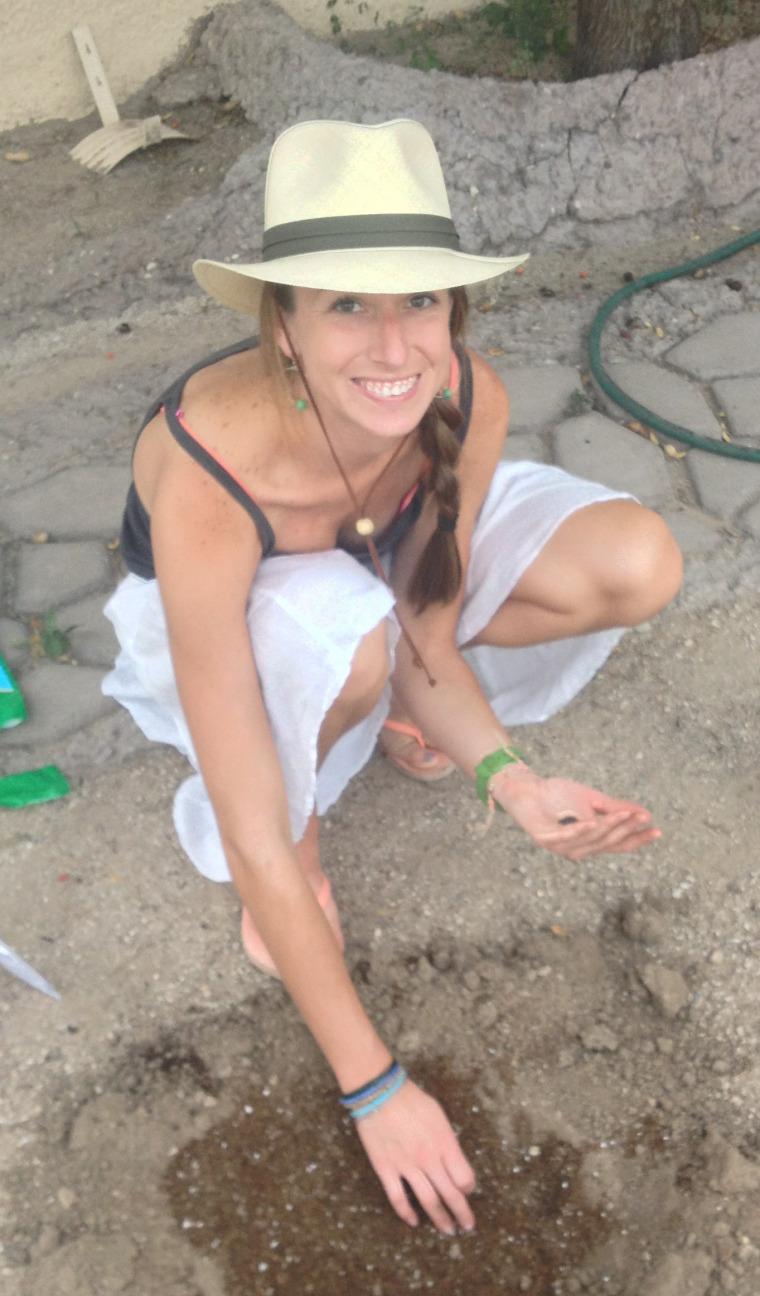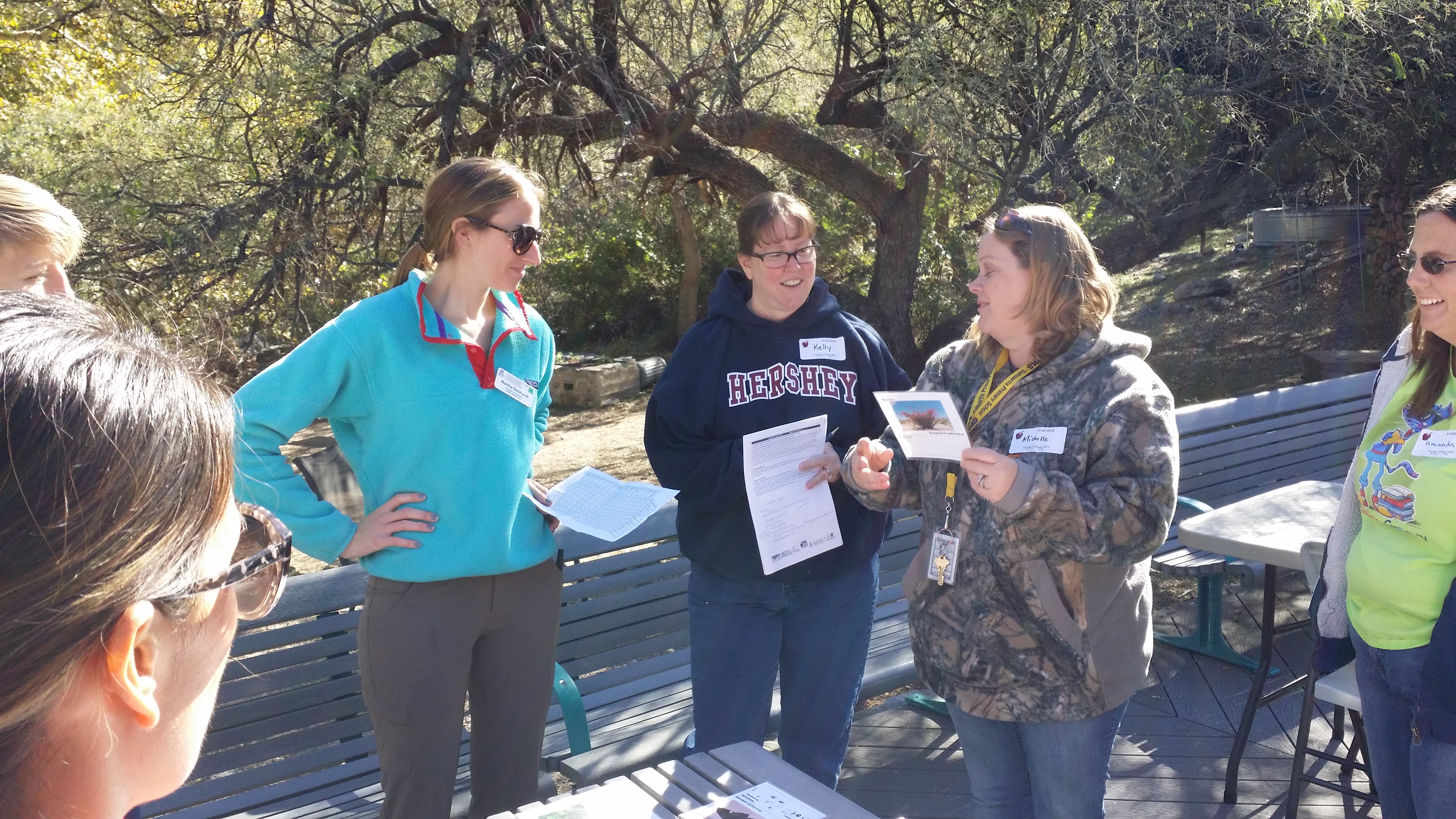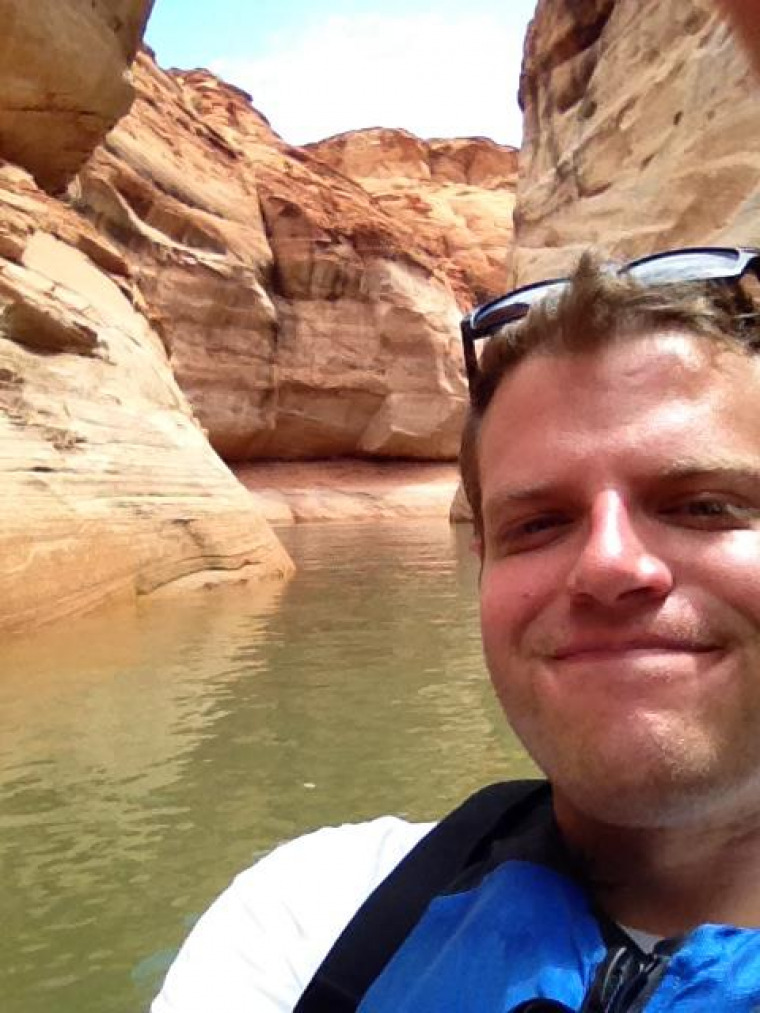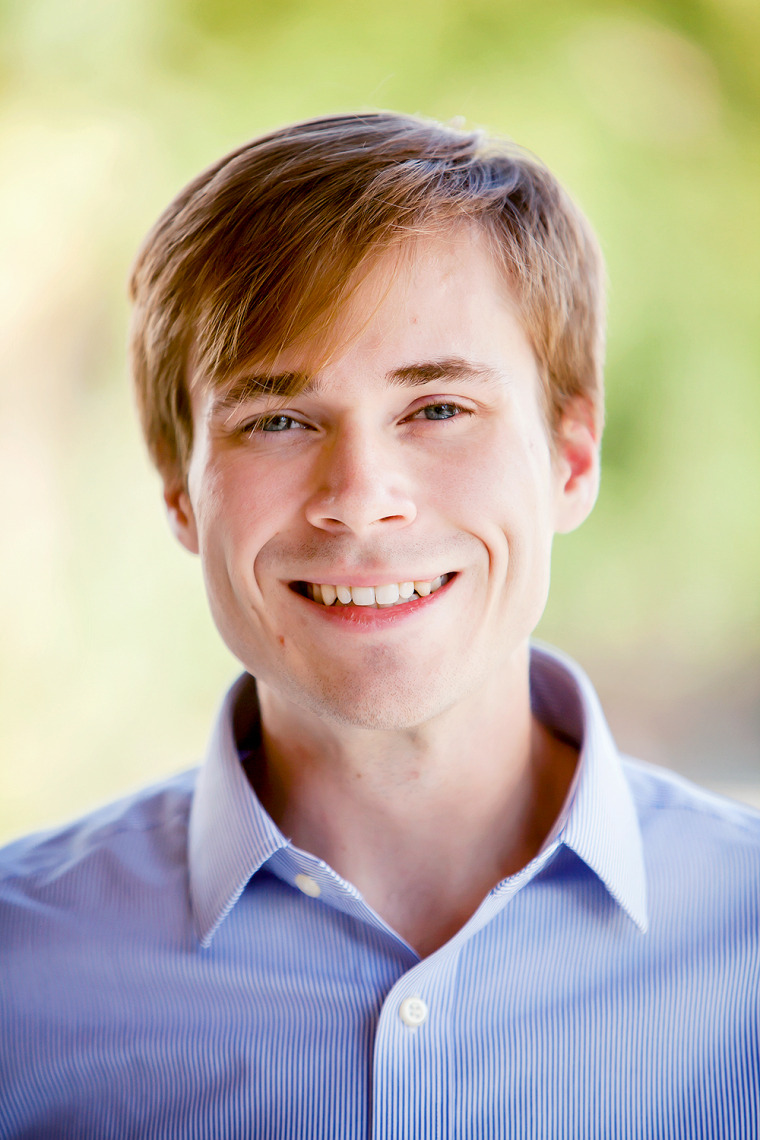Danielle Adams
The desert sky we see here in Tucson, Arizona, is the same desert sky that Arabs have observed for millennia. Two Deserts, One Sky is intended to bring the richness and depth of astronomy in ancient Arab cultures to modern awareness. This project for the first time presents ancient Arab astronomical traditions within their own cultural contexts, instead of fragmented within the confines of Greek-oriented modern astronomy. From explaining the meaning and usage of star names in ancient star calendars to examining their continuing impact on modern-day astronomy around the globe, this project is designed to build bridges of understanding and foster greater appreciation for the vast heritage of Arab astronomy. The Star Calendar Blog of Two Deserts, One Sky (http://onesky.arizona.edu) launches on October 1, 2015, with public star talks following throughout the academic year.


